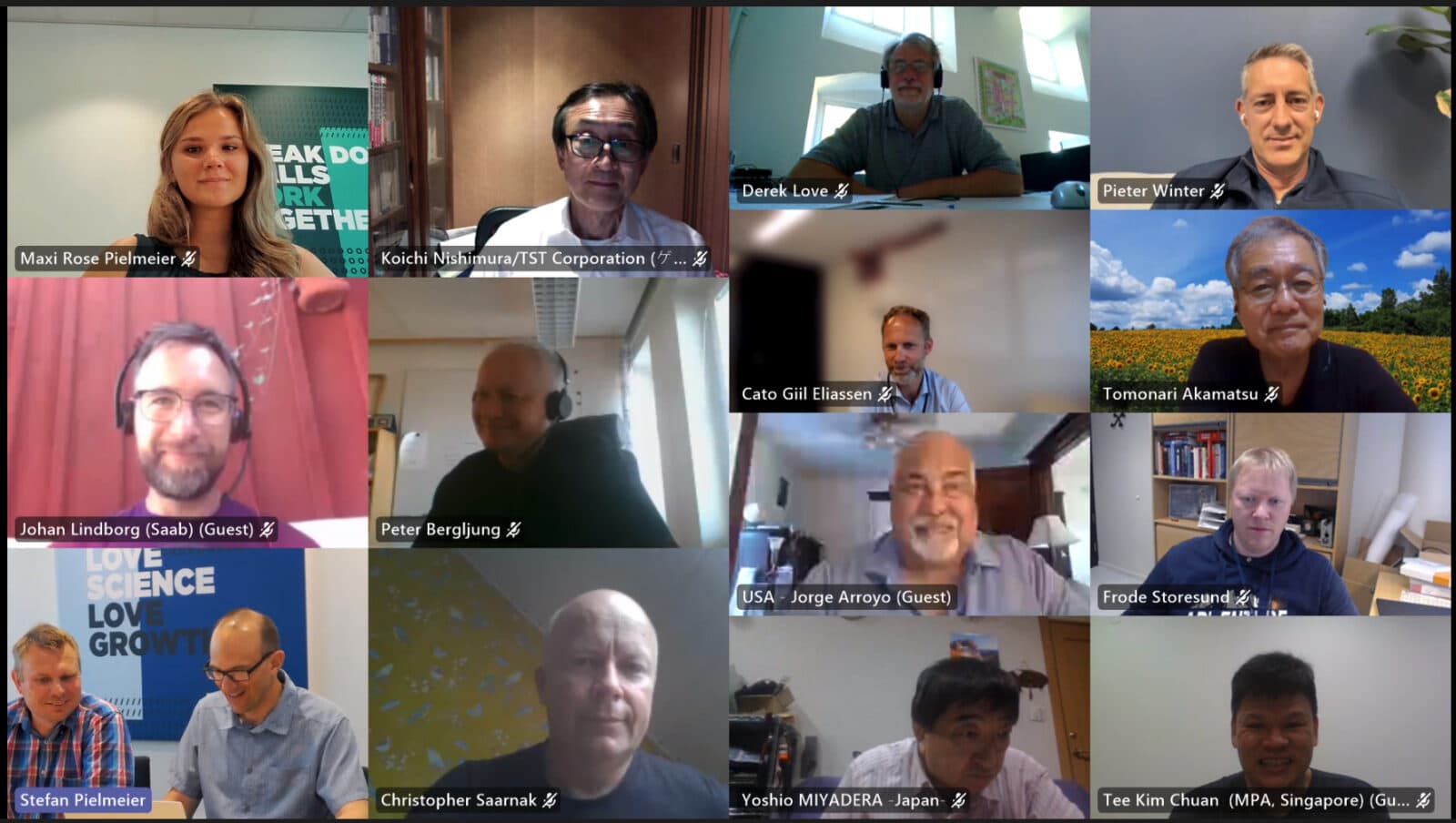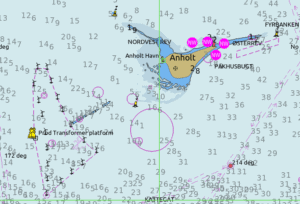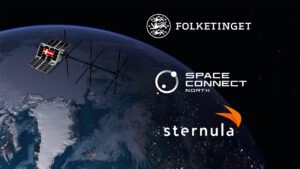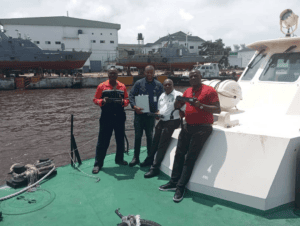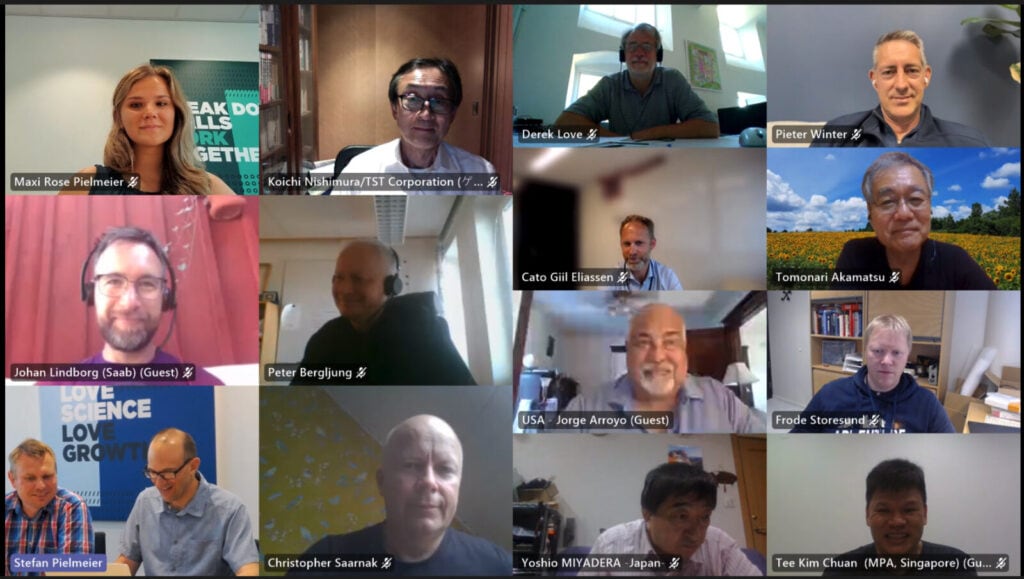Sternula is proud to announce that we have established the VDES Alliance together with pioneering members in the maritime navigation and communication industry.
“VDES (AIS 2.0) is a very important step for the digital transformation of the maritime industry”, says Lars Moltsen, CEO at Sternula. “The new technology was built on top of existing old technology, which makes it very easy to adopt for vessel owners without significant investment. The VDES Alliance is founded as the place for maritime authorities, ship owners, maritime service and equipment providers to meet to ensure that necessary communication and coordination happens.”
VDES is an advanced next-generation maritime navigation and communication platform. By combining small-scale satellites, smart routing, communication software, and pioneering transponders able to connect land, sea, air, and space, VDES combines into a powerful hardware and software solution ready to meet the demands of tomorrow’s seafarers. In order for the platform to become a global standard, there needs to be a high level of interoperability.
The main goal of the VDES Alliance is to align these minimum common technical parameters that any development should be based upon. In practice, this will be done by arranging interoperability tests (IOTs) between the members and publishing results. The VDES Alliance will also support the harmonization of new VDES applications and provide support for patent-related issues among members.
The “VDES Alliance will be a strong force in making VDES a global standard. We must secure interoperability and explain what value it brings to vessel owners and port authorities around the world”, says Peter Bergljung, Co-Chairman VDES Alliance.
Boilerplate. The VDES Alliance strives to be a global association consisting of maritime authorities, organizations, and industry members, who cooperate in testing and promoting the use of VHF Data Exchange (VDES) technologies.
Q&A. Why do we need an industry alliance for VDES? For any new technology to become a global standard of use, manufacturers first need to align on technological parameters to assure system interoperability. The pioneering technology must be compatible with other related technological interfaces needed to uphold a complex multidimensional system with many dependencies. Parameter alignment is typically done in industry alliances with representation from manufacturers and other relevant parties, many times including authorities. Historical examples where sync has been made in industry alliances include the development of standards such as Wi-Fi, Bluetooth, 4G, and 5G. Early integration demonstrates factual interoperability such that regulators are enabled to add the new technology as trusted instruments to the list of applicable means as soon as the standards are finalized.


